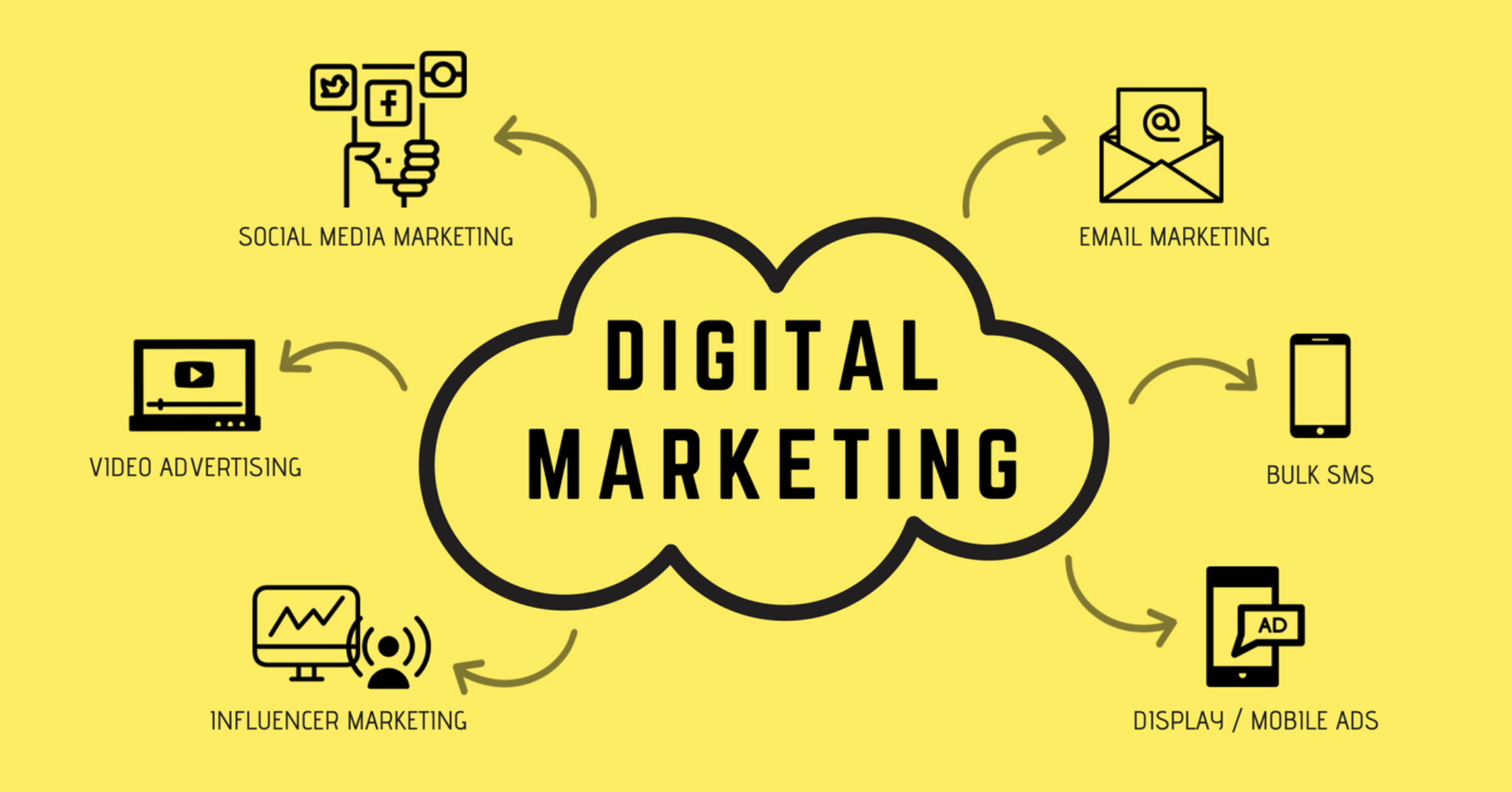Writing Engaging Book Descriptions: Capturing Reader Interest
A book description is one of the most critical tools in an author's marketing arsenal. It serves as the first introduction to potential readers and can determine whether they click “buy” or move on to another book.

A book description is one of the most critical tools in an author's marketing arsenal. It serves as the first introduction to potential readers and can determine whether they click “buy” or move on to another book. Writing a compelling book description requires understanding your audience, highlighting the story’s essence, and creating intrigue. For authors involved in online book marketing, crafting an engaging description is even more vital, as this brief text may be your only chance to grab the reader’s attention in a crowded digital space.
In this article, we’ll explore the essentials of writing book descriptions that captivate readers and drive sales.
Understanding the Purpose of a Book Description
A book description is not a summary of the story. Instead, it’s a sales pitch designed to attract readers. Think of it as the teaser that lures someone into exploring your book further. The goals of a book description include:
-
Capturing the Reader's Interest: A strong opening line hooks the reader.
-
Communicating the Genre and Tone: Readers should immediately know if this is the type of book they love.
-
Encouraging Action: The description should leave readers eager to buy or read more.
Elements of an Engaging Book Description
-
An Intriguing Hook
Start with a compelling first sentence. This hook should pose a question, hint at conflict, or introduce an interesting character.
Example:
“What if the key to saving humanity was locked inside the mind of a teenage girl?” -
Focus on the Main Conflict
Highlight the central tension or problem that drives the story. Avoid delving into subplots or excessive details. -
Introduce the Protagonist
Readers need someone to root for. Briefly describe the protagonist, their desires, and the obstacles they face. -
Set the Scene
Give a sense of the world or setting where the story takes place. This helps readers visualize the narrative. -
Create Curiosity
End the description with an open-ended question or a cliffhanger. This encourages readers to dive into the book for answers. -
Include Keywords for Online Visibility
When focusing on online book marketing, incorporating relevant keywords in your description ensures it ranks higher in search results, improving discoverability.
Structuring Your Book Description
-
Headline: Grab Attention
Your headline should be bold and impactful. It might be a tagline or a single sentence summarizing the book’s essence.
Example:
“In a world where secrets are currency, one woman risks everything to uncover the truth.” -
Body: Build Interest
The main paragraph(s) should provide enough detail to intrigue the reader while leaving them wanting more.
Example:
“When investigative journalist Maya Harper stumbles upon a conspiracy involving the world’s most powerful elite, she’s forced into a dangerous game of cat and mouse. With her life on the line, Maya must decide: expose the truth or protect the ones she loves?” -
Call-to-Action: Inspire Action
End with a direct call-to-action, encouraging readers to purchase or explore the book further.
Example:
“Perfect for fans of fast-paced thrillers and complex characters, this novel will keep you turning pages late into the night. Grab your copy now!”
Tips for Writing Book Descriptions
-
Know Your Audience
Tailor the tone and content of your description to the target demographic. A romance novel description will differ significantly from a thriller or fantasy novel. -
Avoid Overloading with Details
Keep it concise. Too much information can overwhelm readers. Stick to the core aspects of the plot and characters. -
Use Sensory Language
Words that evoke emotion and imagery can make descriptions more compelling.
Example:
“Lose yourself in a lush, mystical world where every shadow hides a secret and every whisper could be a lie.” -
Highlight Unique Selling Points
What sets your book apart? Whether it’s a unique setting, an unusual protagonist, or an unexpected twist, make it stand out. -
Edit Ruthlessly
Draft multiple versions of your description and refine them. Ask beta readers for feedback to ensure your description resonates.
Leveraging Book Descriptions for Online Book Marketing
When selling books online, your description must perform double duty: attracting human readers and satisfying search engine algorithms. Here’s how to optimize your descriptions for online book marketing:
-
Incorporate Keywords Naturally
Include genre-specific terms and phrases readers might search for. For example, a mystery novel description could include phrases like “whodunit,” “suspenseful,” or “detective story.” -
Keep It Mobile-Friendly
Many readers browse on their phones. Ensure your description is scannable with short paragraphs and clear breaks. -
Leverage Social Proof
If your book has won awards, received notable reviews, or has endorsements from well-known authors, include these in the description. -
Use Emotional Triggers
Phrases like “heart-pounding,” “unforgettable journey,” or “life-changing story” can evoke curiosity and excitement. -
Include Metadata
Many platforms allow additional metadata fields. Use these wisely to boost your book’s visibility.
Common Mistakes to Avoid
-
Writing a Blurb That’s Too Long
Readers have short attention spans, especially online. Stick to 150-200 words. -
Using Clichés or Generic Statements
Avoid overused phrases like “a tale of love and loss” or “a gripping adventure.” Be specific. -
Failing to Proofread
Spelling or grammatical errors in your description can deter readers and harm your credibility. -
Overhyping
While it’s essential to make your book sound appealing, avoid exaggerated claims that might lead to reader disappointment.
Examples of Engaging Book Descriptions
Example 1: Thriller
“A deadly secret. A ruthless killer. And one woman who won’t stop until she uncovers the truth. In this pulse-pounding thriller, journalist Clara Evans faces her most dangerous assignment yet. As the bodies pile up, Clara must navigate a web of lies to expose a conspiracy that could change the world. Can she survive long enough to tell the tale? Find out in this electrifying page-turner.”
Example 2: Romance
“Two hearts. One impossible choice. When Sophie moves to a small coastal town, she never expects to fall for a rugged fisherman with a past as stormy as the sea. But as their love deepens, an old flame returns, forcing Sophie to confront her own desires. Will she follow her heart or choose a safer path? Dive into this heartwarming romance today!”
Final Thoughts
Writing an engaging book description is both an art and a science. It requires understanding your audience, highlighting the unique aspects of your story, and creating a sense of urgency to read the book. For authors involved in online book marketing, optimizing your description for search engines is equally important to ensure maximum visibility.
Remember, a well-crafted description can be the difference between a potential reader scrolling past your book or adding it to their cart. Take the time to perfect your description—it’s an investment in your book’s success.
What's Your Reaction?



















